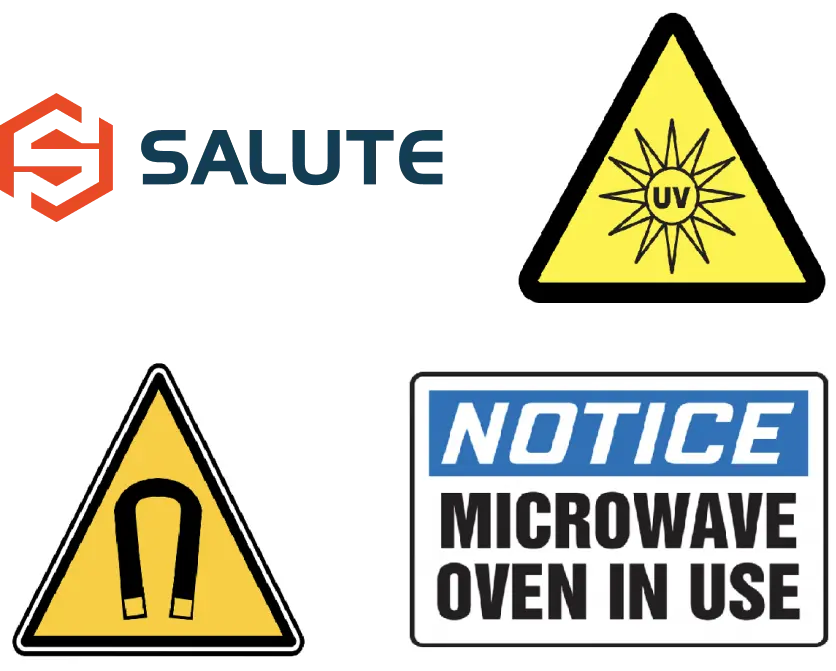




Quick Links:





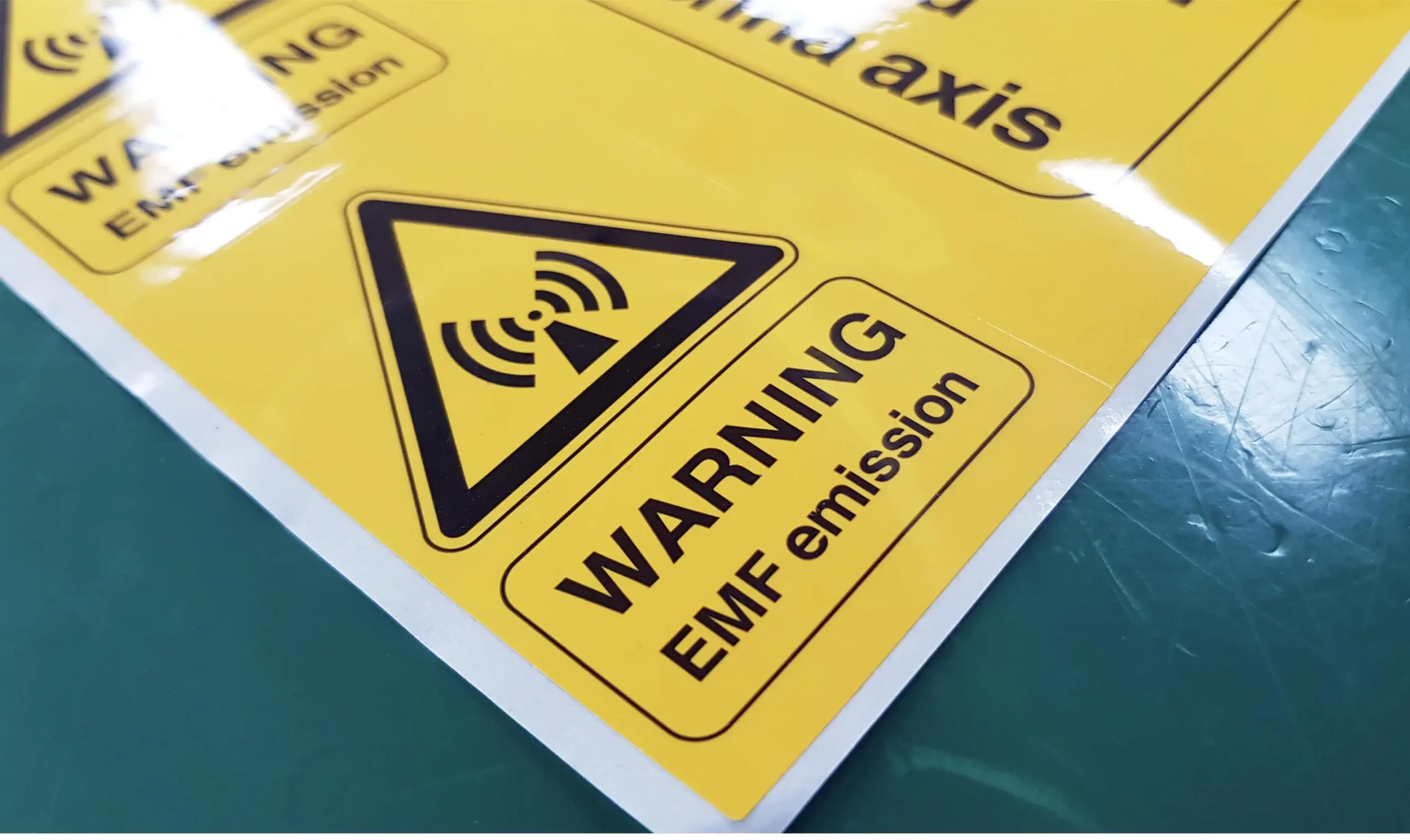
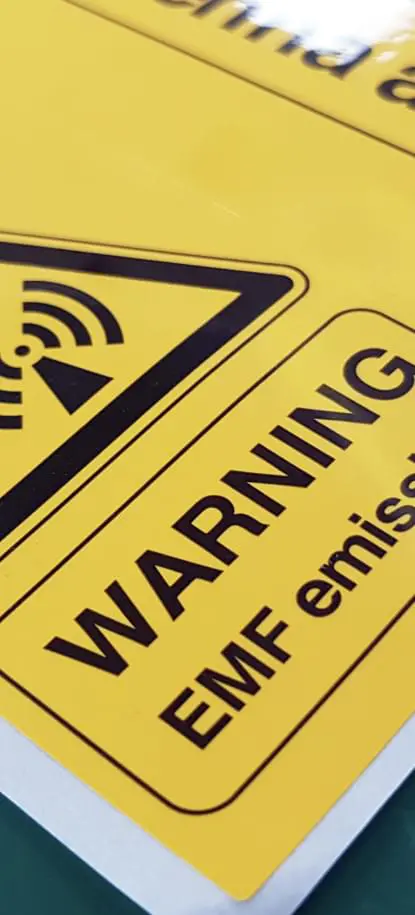

KAUST Non-Ionizing Radiation (NIR) Safety program has been developed to protect the research community and the general public and environment, from devices and equipment that produces potentially hazardous levels of NIR, and also to facilitate and ensure the safe use/work around these equipment in KAUST laboratories and classrooms, and to assist with compliance to applicable standards, guidelines and international best practices.
Contact HSE
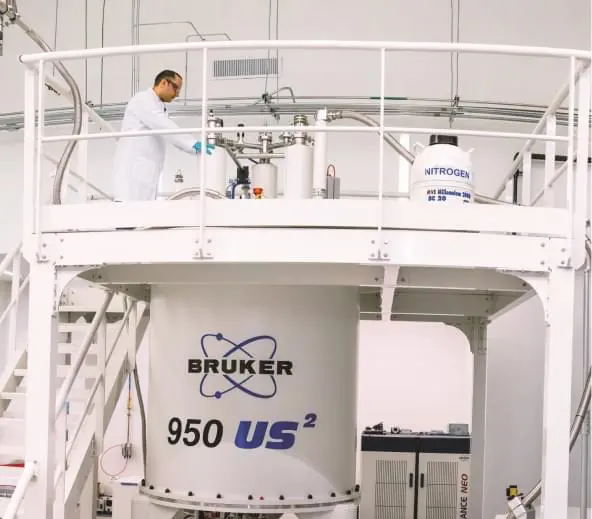
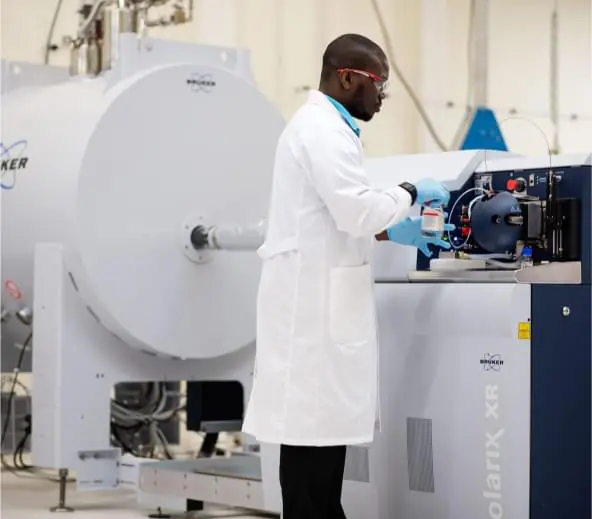
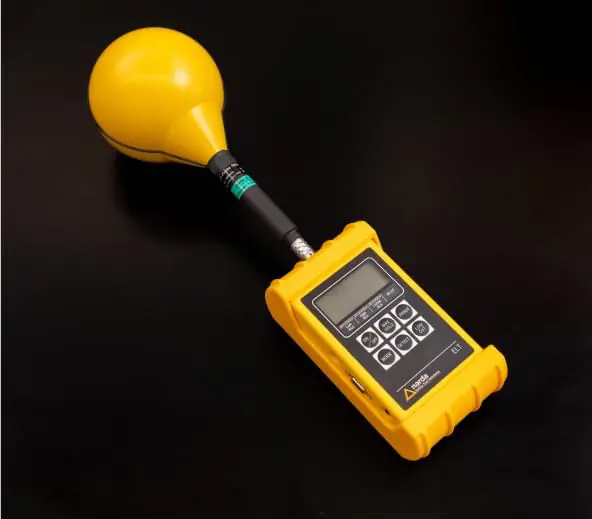

The modern world is full of devices which, either directly or indirectly, act as sources of non-ionizing radiation. Non-ionizing radiation refers to electromagnetic radiations that have wavelengths/frequencies ranging from 100 nm to static fields. This type of electromagnetic radiation does not have sufficient energy to ionize (remove electrons from) atoms or molecules; instead the energy is converted to heat. In general, non-ionizing radiation tends to be less hazardous to humans than ionizing radiation (ionizing radiation has a wavelength less than 100 nm or a photon energy greater than 12.4 electron volts). However, depending on the wavelength/frequency, the exposure time and the irradiance (or power density) values, non-ionizing radiation sources may present a human health hazard. Therefore, those working with non-ionizing radiation sources must take precautions to ensure they are not exposed to excessive levels.
Optical Radiation – including ultraviolet (UV), visible and infrared radiation
Microwave Radiation
Radiofrequency and lower Frequency Radiation
The sources of non-ionizing radiation within the University are varied and include ultraviolet lamps, microwave ovens, and high intensity magnets including nuclear magnetic resonance, induction heaters, transmission generators, Wi-Fi, mobile phones, cell antennas and more. For more information, please refer to the sections below which provide safety guidelines to help maintain a safe working environment when using sources of non-ionizing radiation.
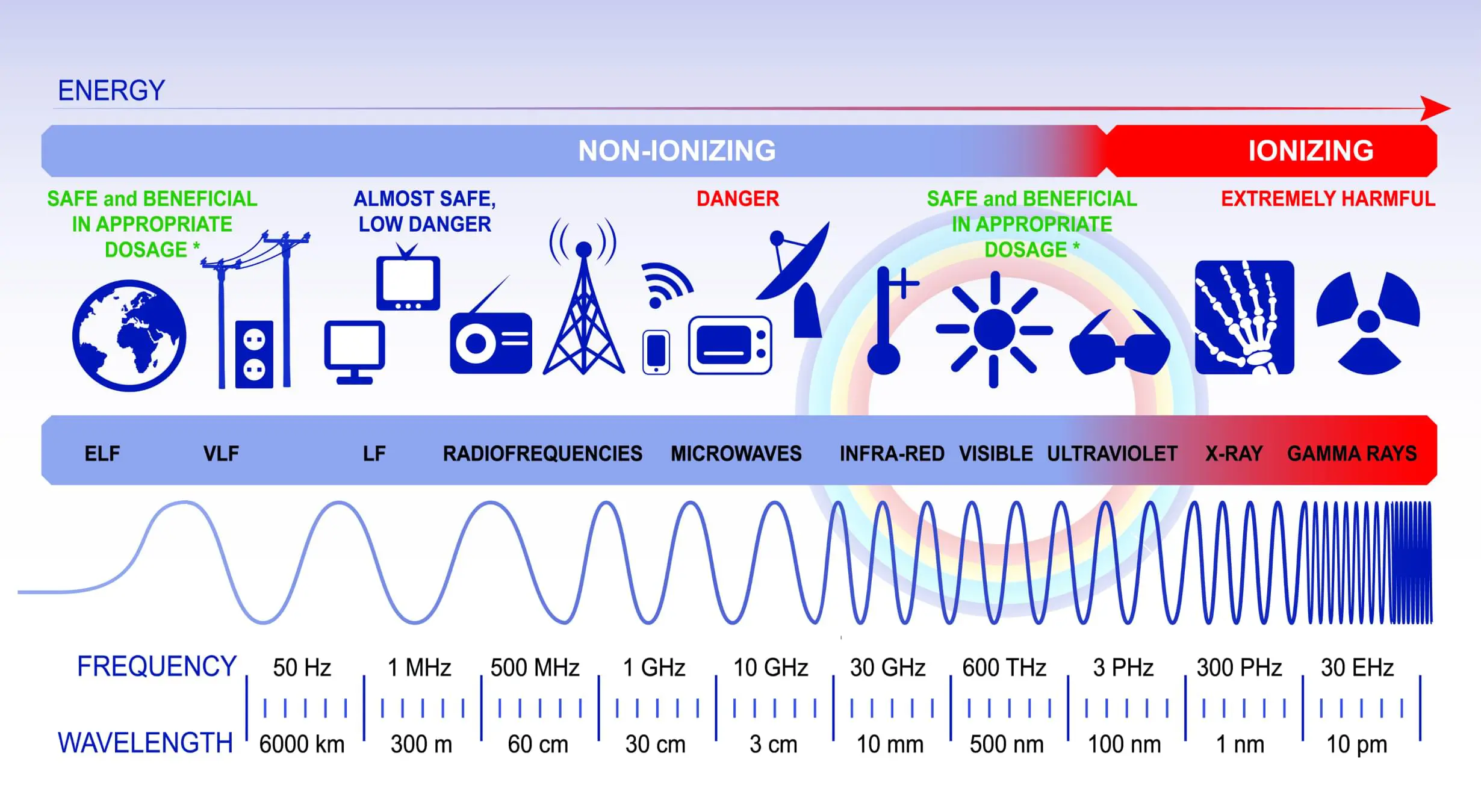
Laboratories using ultraviolet (UV) equipment should review the following documents:
Devices or sources which are protected by safety interlock (i.e. exposure to UV under normal operating condition is impossible) need only a few precautions such as warning signs and UV Safety Training though the HSE LMS portal.
Devices or sources where exposure to UV is possible, or even inevitable, require a risk assessment which will enable to determine if additional control measures are required.
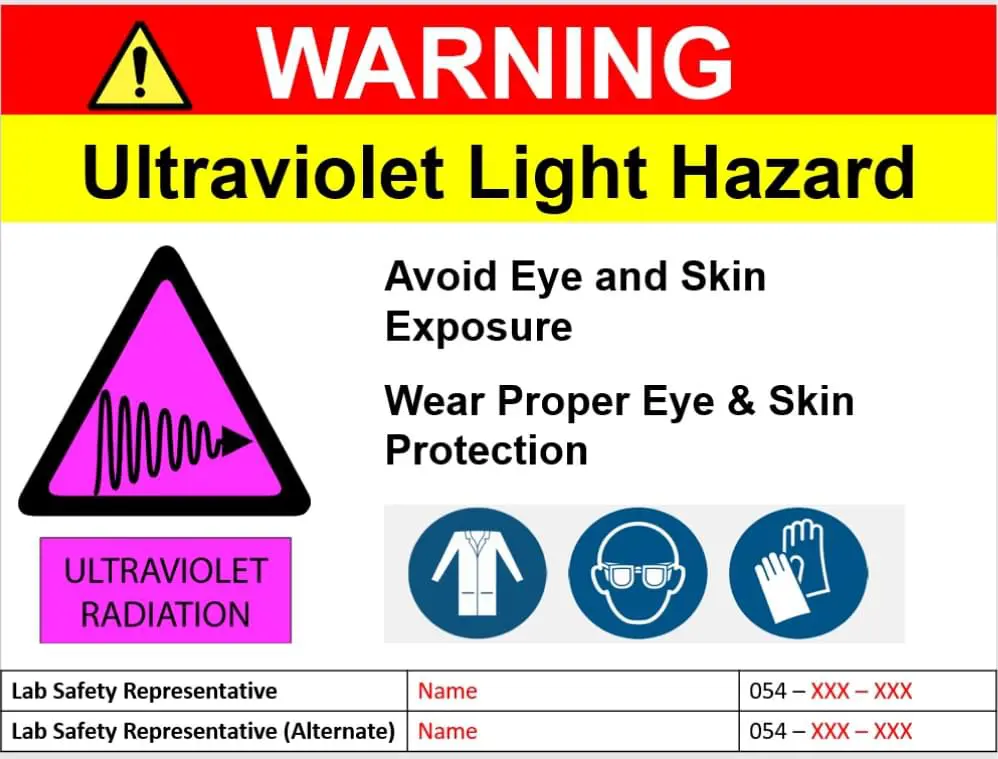
There has been a growing use of various high-intensity light sources (Xenon lamps, lamps, LEDs …etc) in KAUST research laboratories. Depending on the application, these sources may emit a broad spectrum of electromagnetic radiation, including Ultraviolet (UV), blue light, visible light, Infrared (IR), or a combination of these ranges. Exposure to high-intensity light can pose health risks to the human eye and skin.
IEC Lamp Risk Groups
| Type of hazard | Exposure limit not exceeded for exposure durations up to: (s) | |||
|---|---|---|---|---|
| Exempt No Hazard |
Risk Group 1 Low-Risk |
Risk Group 2 Moderate-Risk |
Risk Group 3 High-Risk Exposure limit exceeded within: (s) |
|
| Actinic UV (skin and eye) |
30,000 | 10,000 | 1,000 | <1,000 |
| UVA (lens) | 1,000 (~16 min) | 300 | 100 | <100 |
| Photochemical (retina) | 10,000 (~2.8 h) | 100 | 0.25 (natural aversion) | <0.25 |
| Thermal (retina) | 10 | 10 | 0.25 (natural aversion) | <0.25 |
| Infrared (cornea, lens) |
1,000 | 100 | 10 | <10 |
The American National Standards Institute (ANSI), in collaboration with the Illuminating Engineering Society of North America (IESNA), has published a technical standard—ANSI/IESNA RP-27 (2007)—to assess the photo-biological risk associated with lamps and lamp systems. This standard has also been adopted internationally by the International Electro-technical Commission (IEC) under the designation IEC 62471. The emission limits outlined in these safety standards are generally derived from guidelines established by the International Commission on Non-Ionizing Radiation Protection (ICNIRP) and the American Conference of Governmental Industrial Hygienists (ACGIH).
Laboratories using high intensity light sources should review the following documents:


Laboratory using equipment emitting radiofrequency or microwave radiation should review the Radiofrequency and Microwave Safety Awareness document. Users of microwave oven are encouraged to take the Microwave Safety Training.
Microwave are high frequency radio waves; they are primarily used for TV broadcasting, radar or air and sea navigational aids, telecommunication including mobile phones as well as in many kitchens for cooking.
Microwaves are reflected, transmitted or absorbed by materials in their path, in a similar manner to visible light. Metallic materials totally reflect microwaves while non-metallic materials such as glass and some plastics are mostly transparent to microwaves. Materials containing water, for example foods, fluids or tissues, readily absorb microwave energy, which is then converted into heat. More details about microwave ovens safety fields are available in WHO Fact Sheets 182.
In research laboratories, microwave ovens are often used to warm or sterilize. Leakage survey of microwave ovens is not carried out by the Health, Safety and Environment Team; indeed microwave ovens that have intact doors and door seals should not produce excessive microwave leakage.
Do not use laboratory microwave oven to warm food preparation (or vice versa).
Do not tamper or inactivate the interlocks.
Do not place metal object in a microwave oven (e.g. metal stirrers, plastic coated magnetic stirrer bars, aluminum foil/wires or cables).
Do not heat flammable liquids or solids, hazardous substances or radioactive substances in a microwave oven.
Do not place a sealed container in a microwave oven; pressure can build up which can cause an explosion inside the oven or shortly after removal.
Do not overheat liquids in microwave oven. It is possible to raise water to a temperature greater than the normal boiling point; when this occurs any disturbance to the liquid can trigger violent boiling that can result in severe burns.
Avoid using plastic container as some of these may melt.
Do not use abrasive cleaning product to clean the oven chamber.
Do not attempt repairs on microwave ovens. If a microwave oven is suspected to be malfunctioning, disconnect it from the power supply. Remove it from service and label it with an appropriate tag while awaiting repair or disposal.
If a microwave oven has a damaged door hinge, latch or seal, it is often safer and cheaper to replace the entire unit.
Any unit that is considered irreparable must be rendered inoperable by removing the plug and cord before disposal.
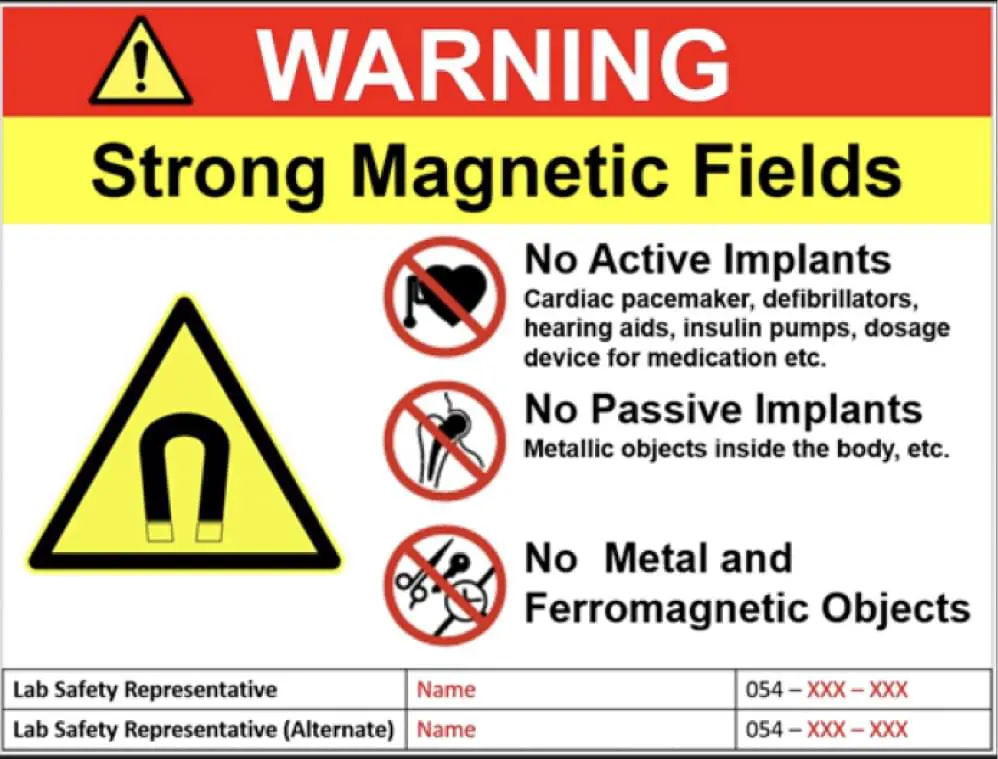
Laboratory using strong permanent magnets, electromagnets as well as superconducting magnets should review the following documents:
The Principal Investigator (PI) or Center Director must ensure that the personnel , or authorized users, are adequately trained before allowing/authorizing them to operate, maintain, service or work in the vicinity or with devices that contains or emits NIR. The following online training material are available on the HSE LMS portal:
